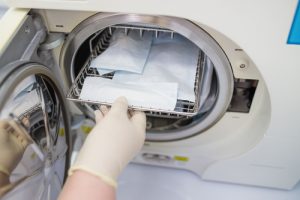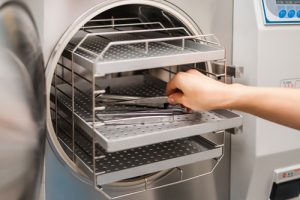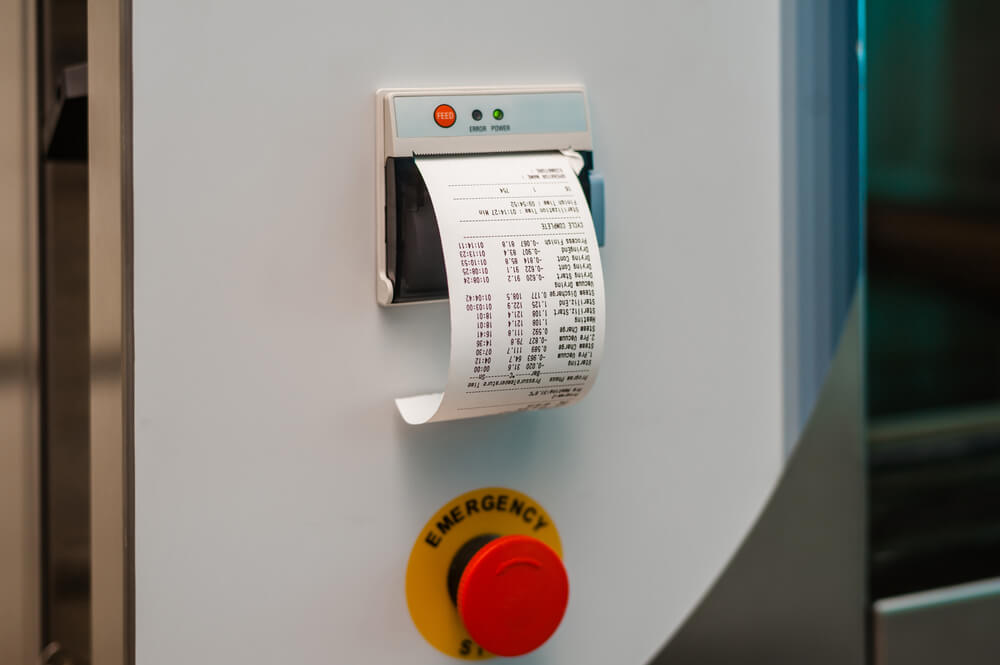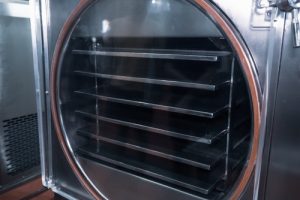Dry heat sterilisation is a form of sterilisation that uses high temperatures to kill bacteria and other microorganisms. It is considered a very effective way to disinfect medical equipment and is also used in food processing plants. This blog post will discuss the basics of dry heat sterilisation, including the types of dry heat sterilisers available on the market today. We will also discuss the benefits of dry heat sterilisation and provide tips for ensuring successful results.
What is dry heat sterilisation?
Dry heat sterilisation is disinfecting medical instruments and other materials by exposure to dry heat. The dry heat sterilisation process uses hot air ovens or incinerators to raise the temperature of the object being disinfected to a specific level for a particular period.
Dry-Heat Sterilisation: Principle, Advantages, Disadvantages
Dry heat sterilisation is disinfecting medical instruments and other materials by exposure to dry heat. The dry heat sterilisation process uses hot air ovens or incinerators to raise the temperature of the object being disinfected to a specific level in a particular period.
The main advantage of dry heat sterilisation over other methods is that it does not require moisture, which means there is no risk of corrosion. Additionally, dry heat sterilisation is less likely to damage delicate items than other methods, such as autoclaving.
The disadvantage of dry heat sterilisation is that it requires a longer exposure time to achieve sterilisation. For example, hot air ovens must maintain a temperature of 160-170 degrees Celsius for at least 60 minutes.
The Dry Heat Sterilisation Process
The dry heat sterilisation process is relatively simple. First, the object to be sterilised is placed in the dry heat steriliser. The temperature in the dry heat steriliser is then raised to a specific level for one particular period.
There are two types of hot air convection (Convection refers to the circulation of heated air within the chamber of the oven) sterilisers: Gravity convection and Mechanical convection. A mechanical convection oven contains a blower that actively forces heated air throughout all chamber areas.
Moist heat sterilisation
Steam sterilisation is the most common type of sterilisation used in healthcare settings. However, dry heat sterilisation has several advantages over moist heat sterilisation, including the fact that it does not require moisture, which means there is no risk of corrosion. Additionally, dry heat sterilisation is less likely to damage delicate items than other methods, such as autoclaving. The moist heat method is used for heat-sensitive materials and materials through which steam is permeable. With time and temperature control, steam sterilisation may also be used to sterilise items made from rubber and polypropylene. While steam sterilisation offers far more flexibility than dry heat sterilisation, materials that at sensitive to heat should be sterilised via alternative means such as radiation or gas.
Dry heat tips for success
There are a few things to remember when using dry heat sterilisation to disinfect your medical instruments and materials:
- It is essential to ensure that the object being sterilised is dry before placing it in the dry heat steriliser. If the object is wet, heat penetration could be less, and the dry heat will not be able to kill all of the microorganisms effectively.
- The object should be placed in the dry heat steriliser for the specific time specified by the manufacturer. If the thing is not in the dry heat steriliser for long enough, it will not be adequately disinfected.
- Checking the dry heat steriliser regularly is essential to ensure it works correctly.
Following these tips, you can ensure that your medical instruments and materials are correctly disinfected using dry heat sterilisation.
What are the types of dry heat sterilisation?
There are two types of dry heat sterilisation: hot air ovens and incinerators. Hot air ovens work by circulating hot air around the object being sterilised. The temperatures in these ovens typically range from 160 to 170 degrees Celsius. On the other hand, incinerators work by completely burning the waste material. However, dry heat sterilisation can also be achieved through radiation, such as gamma irradiation.
Dry heat is an effective sterilisation method, but it has a few drawbacks. First, heat sterilisation is slower than other methods, such as autoclaving. Also, the dry heat can damage some materials, which is unsuitable for all objects.
Principle of dry heat sterilisation using hot air ovens
Sterilisation is disinfecting medical instruments and other materials by exposure to dry heat. The dry heat sterilisation process uses hot air ovens or incinerators to raise the temperature of the object being disinfected to a specific level for one particular period.
Which is an advantage of dry heat sterilisation?
One advantage of heat sterilisation is that it does not require moisture, which means there is no risk of corrosion. Additionally, dry heat sterilisation is less likely to damage delicate items than other methods, such as autoclaving.
What are the disadvantages of dry heat sterilisation?
The main disadvantage of heat sterilisation is that it is slower than other methods, such as autoclaving. Also, the heat can damage some materials, which are unsuitable for all objects.
Despite these drawbacks, dry heat sterilisation is effective disinfection and sterile preparation method. If you have items that need to be sterilised but are delicate or sensitive to moisture, dry heat may be the best option.
When using heat sterilisation, it is essential to follow the instructions carefully to ensure proper disinfection. Be sure to use an appropriate drying time and temperature for sterilisation material.
Heat sterilisation is an effective method of disinfection and sterile preparation. If you have items that need to be sterilised but are delicate or sensitive to moisture, dry heat may be the best option. When using dry heat sterilisation, it is important to follow the instructions carefully to ensure proper disinfection. Be sure to use an appropriate drying time and temperature for the material being sterilised. Meeting these parameters is crucial to preventing the spread of infection and protecting patients.
Conclusion
At MELAG Autoclave, dry heat sterilisers are available in three different versions: hot air ovens, incinerators, and gamma irradiation. The dry heat sterilisation process uses either hot air ovens or incinerators to raise the temperature of the object being disinfected to a specific level for a specific period. The main advantage of dry heat sterilisation over other methods is that it does not require the use of moisture, which means there is no risk of corrosion.
References:
https://www.cdc.gov/coronavirus/2019-ncov/community/pdf/reopening_america_guidance.pdf
https://www.cdc.gov/infectioncontrol/guidelines/disinfection/sterilization/steam.html
https://www.webmd.com/a-to-z-guides/what-to-know-about-aseptic-technique



